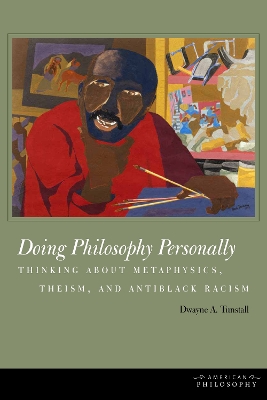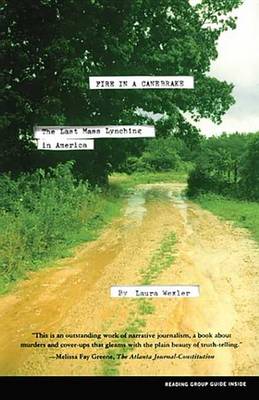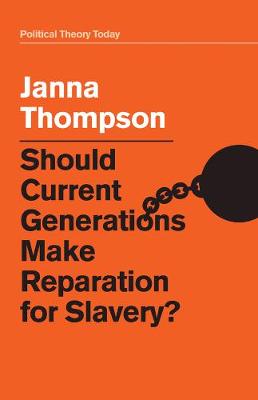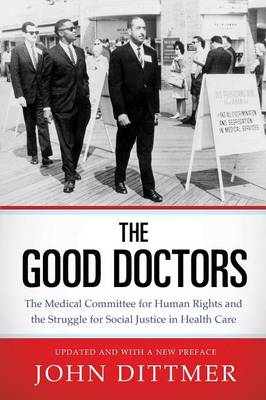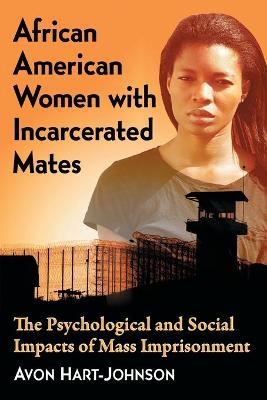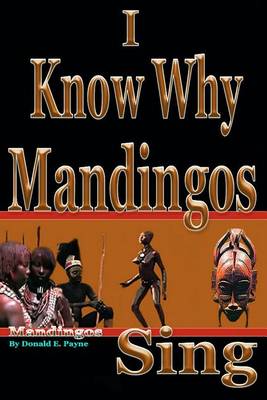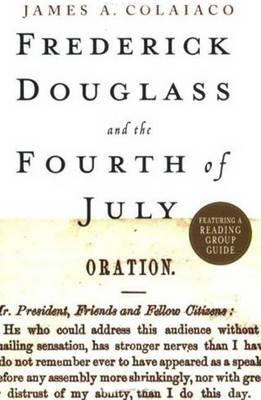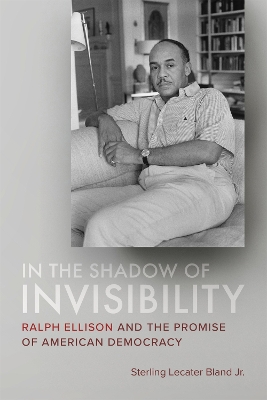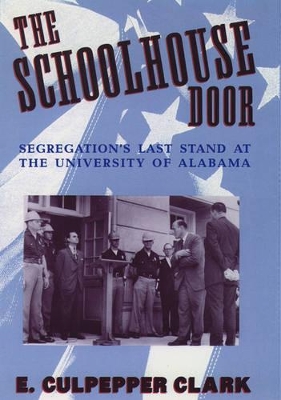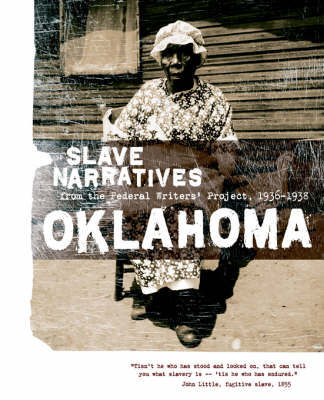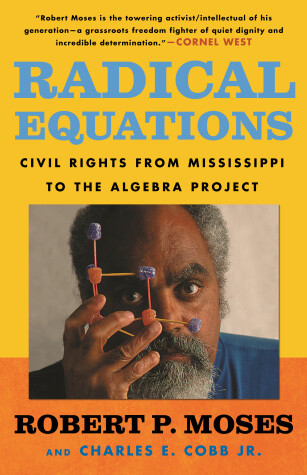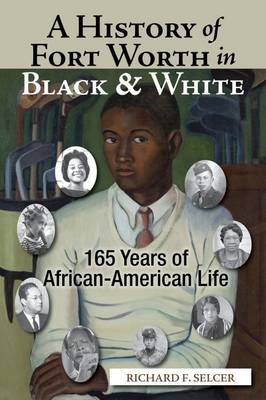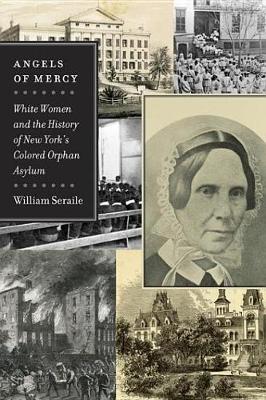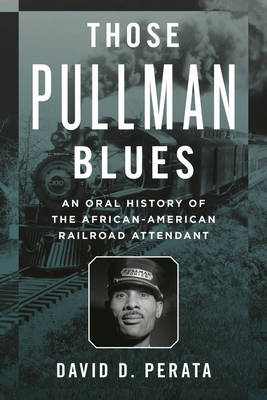Gabriel Marcel’s reflective method is animated by his extraphilosophical commitment to battle the ever-present threat of dehumanization in late Western modernity. Unfortunately, Marcel neglected to examine what is perhaps the most prevalent threat of dehumanization in Western modernity: antiblack racism. Without such an account, Marcel’s reflective method is weakened because it cannot live up to its extraphilosophical commitment. Tunstall remedies this shortcoming in his eloquent new volume.
During the age of empire, European and American colonists perpetrated one of history's most monstrous crimes: slavery. Millions of Africans were subjected to forced abduction, misery and death as part of the brutal Atlantic slave trade. However, since the perpetrators are long dead, should current generations make reparation for this historic injustice? In this book, Janna Thompson uses three case studies - France's treatment of Haiti, Britain's role in the African slave trade, and the plight...
Freedom on the Border (Kentucky Remembered: An Oral History)
by Catherine Fosl
Most scholarship on the civil rights movement has focused on the Deep South, even though border states like Kentucky also had segregation laws and a history of racialized violence. African American Kentuckians challenged racial segregation, too, but they adapted their approaches as needed, from familiar protest models in the state's larger cities to more unique strategies in isolated rural communities, where they constituted only a tiny fraction of the population. In ""Freedom on the Border"", 1...
In the summer of 1964 medical professionals, mostly white and northern, organized the Medical Committee for Human Rights (MCHR) to provide care and support for civil rights activists organizing black voters in Mississippi. They left their lives and lucrative private practices to march beside and tend the wounds of demonstrators from Freedom Summer, the March on Selma, and the Chicago Democratic Convention of 1968. Galvanized and sometimes radicalized by their firsthand view of disenfranchised co...
After nearly 40 years of mass incarceration, a disproportionate number of African American men in the United States prisons has resulted in countless African American women maintaining fragile families and trying to mend what has become a carceral state of the Black family. While the literature is scant on how African American women are affected by the imprisonment of their partners, the cases studies contained in this volume will broaden the perspectives of helping professionals, criminal justi...
At the Store
by Patricia T Cousin, Gracie R Porter, and Claudette C Mitchell
The African American Electorate
by Hanes Walton, Sherman C. Puckett, and Donald R. Deskins, Jr.
This pioneering work brings together for the first time in a single reference work all of the extant, fugitive, and recently discovered registration data on African American voters from Colonial America to the present. It features election returns for African American presidential, senatorial, congressional, and gubernatorial candidates over time. Rich, insightful narrative explains the data and traces the history of the laws dealing with the enfranchisement and disenfranchisement of African Ame...
Ain't I a Beauty Queen?: Black Women, Beauty, and the Politics of Race
by Maxine Craig
With In the Shadow of Invisibility, Sterling Lecater Bland Jr. offers a long-overdue reconsideration of Ralph Ellison, examining the trajectory of his intellectual thought in relation to its resonances in twenty-first-century American culture. Bland charts Ellison's evolving attitudes on several central topics including democracy, race, identity, social community, place, and political expression. This compelling new exploration of Ellison's legacy stresses the perpetual need to reexamine the int...
On June 11, 1963, in a dramatic gesture that caught the nation's attention, Governor George Wallace physically blocked the entrance to Foster Auditorium on the University of Alabama's campus. His intent was to defy Attorney General Nicholas Katzenbach, sent on behalf of the Kennedy administration to force Alabama to accept court-ordered desegregation. After a tense confrontation, President Kennedy federalized the Alabama National Guard and Wallace backed down, allowing Vivian Malone and James Ho...
The remarkable story of the Algebra Project, a community-based effort to develop math-science literacy in disadvantaged schools—as told by the program’s founder “Bob Moses was a hero of mine. His quiet confidence helped shape the civil rights movement, and he inspired generations of young people looking to make a difference”—Barack Obama At a time when popular solutions to the educational plight of poor children of color are imposed from the outside—national standards, high-stakes tests, char...
This volume fills a long-empty niche on the Fort Worth bookshelf: a scholarly history of the city's black community that starts at the beginning with Ripley Arnold and the early settlers, and comes down to today with our current battles over education, housing, and representation in city affairs. Profiles on some noted and some not-so-noted African Americans will appeal to both schools and general readers. Using a wealth of primary sources, Richard Selcer dispels several enduring myths, for ins...
William Seraile uncovers the history of the colored orphan asylum, founded in New York City in 1836 as the nation's first orphanage for African American children. It is a remarkable institution that is still in the forefront aiding children. Although no longer an orphanage, in its current incarnation as Harlem-Dowling West Side Center for Children and Family Services it maintains the principles of the women who organized it nearly 200 years ago. The agency weathered three wars, two major financi...
The first oral history centering on the unique experiences of black porters and railroad attendants during the railroad's heyday is by turns dramatic, inspiring, comic, and heartwrenching. First person accounts document both the glamour of the railroad era and the bitter realities of being a black worker on a white railroad.
